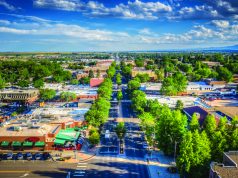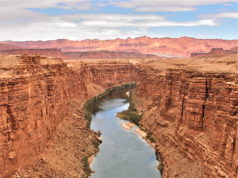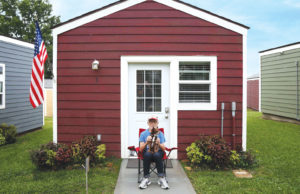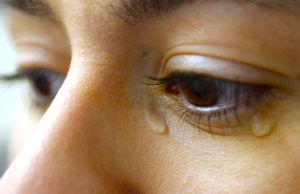— A flying Boeing 747 jumbo jet equipped with a massive laser gun shot
down a Scud-like missile over the Pacific late Thursday night, marking
what analysts said was a major milestone in the development of the
nation’s missile defense system.
The test shoot-down at
over a military test range near Point Mugu is expected to renew debate
over spending billions of dollars for a system that seemed so far
behind schedule that the Pentagon decided to significantly curtail its
budget last year. The test, which the Pentagon described as a success,
could be a major boon to
“Proving this technology is game-changing,” said
“The program’s funding has been hanging on by a thread. A successful
shoot-down of a ballistic missile will demonstrate to Capitol Hill that
the airborne laser has potential.”
The airborne laser is designed to defend against
ballistic missiles by shooting them down while they are in the boost
stage, or when they are lifting off.
During the experiment, a 747-400F took off from
in the Mojave Desert. The laser, which was affixed to the 747 and
powered by chemicals loaded into the aircraft, shot a super-heated,
basketball-size beam that traveled 670 million mph to incinerate a
missile that was moving 4,000 mph, the Pentagon said.
It took just a few seconds for the beam to create a stress fracture in the missile, triggering it to split into pieces.
“The revolutionary use of directed energy is very
attractive for missile defense, with the potential to attack multiple
targets at the speed of light, at a range of hundreds of kilometers,
and at a low cost per intercept attempt compared to current
technologies,” the U.S. Missile Defense Agency said in a statement
Friday.
Although
provided the aircraft, the battle management system and overall systems
integration and testing. Modification and testing of the aircraft have
taken place at
Since the airborne laser program began in 1996, it
has cost the government billions in overruns with very little to show
for it. Because of the poor track record, Defense Secretary
However, the successful demonstration may change all that, Thompson said.
“Up until now, the airborne laser’s success has been theoretical,” he said. “After more than a decade of waiting,
and its partners have demonstrated that intercepting and destroying a
missile with an airborne laser is possible. It could erase all doubts
in legislators’ mind and reinstitute the funding.”
—
(c) 2010, Los Angeles Times.
Visit the Los Angeles Times on the Internet at http://www.latimes.com/
Distributed by McClatchy-Tribune Information Services.














